Google Pixel 9 Pro Fold could be perfect if Google listens to me
What's right, what's missing, and what's too much
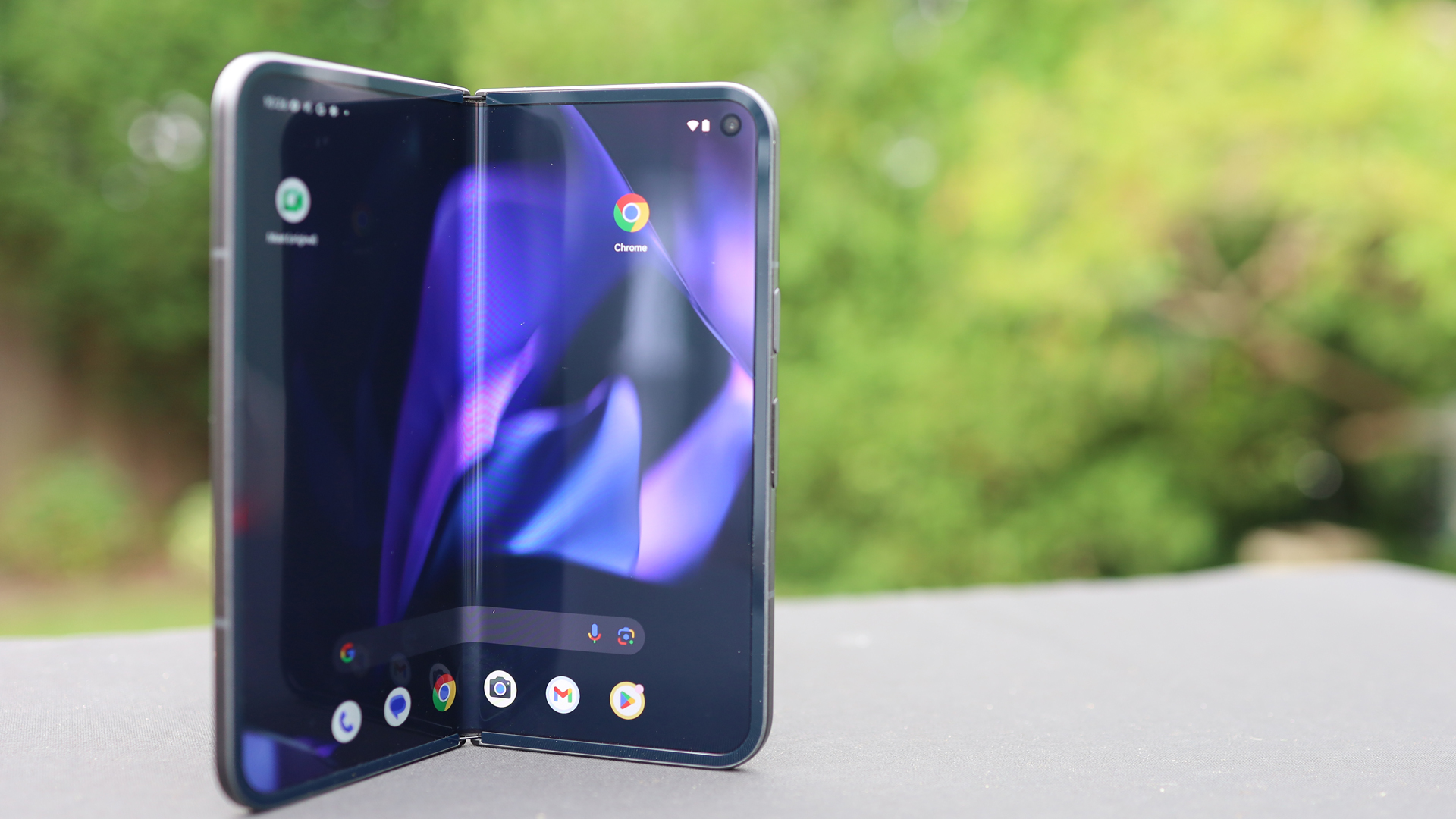
The Google Pixel 9 Pro Fold is undeniably an excellent smartphone, but I found a few frustrations, have some nagging questions, and maybe some suggestions for Google.
This is the closest we’ve come to a true folding tablet. I say that because the foldable Super Acuta Display is, at 8 inches, the largest you can get in a foldable. The not-quite-square display is a good fit for most apps. It’s a size that’s only possible because of the 6.3-inch main display, which is as large as a standard flagship smartphone (see the Pixel 9 Acuta display for proof).
It’s an impossibly thin tablet (5.1mm) and a not-too-thick folded smartphone.
The foldable phone has substantial power in the new Tensor G4 CPU, which runs games like PUBG without issue and handles editing four 4K video streams at once. It makes on-device Gemini AI-powered image generation a breeze (no people for now, though). I had a party, making it create an image of two pickles playing pickleball.
It’s the best foldable I’ve ever used in many ways, but I’m not ready to hand it the crown, at least not yet.
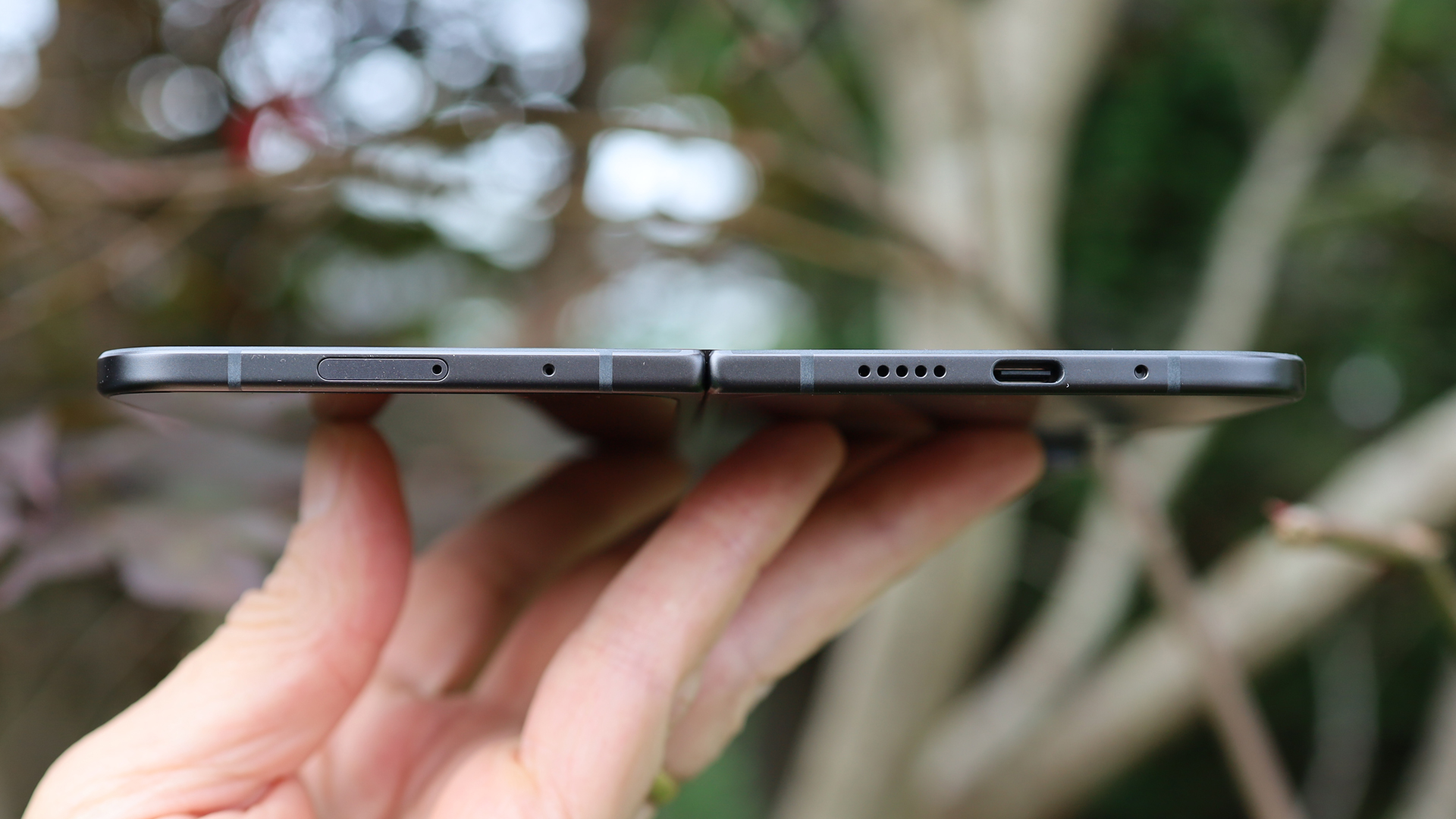
It has this huge foldable screen, but it tops out at two apps. The Samsung Galaxy Z Fold 6 can run four. Okay, it’s more practical to run three since the fourth just floats on top of your other three screens, but still, it significantly outstrips the Pixel 9 Pro Fold.
A hidden 8-inch screen in the pocket cries out for at least some sketching. I’ve certainly done my share on the smaller Z Fold 6’s 7.6-inch flexible display. Google, however, couldn’t squeeze in a digitizing panel, so there’s no digital stylus support. I can draw on the Pixel 9 Pro Fold, but it’s with a dumb stylus, and since I can’t rest my hand on the screen, my strokes are far from sure.
Get daily insight, inspiration and deals in your inbox
Sign up for breaking news, reviews, opinion, top tech deals, and more.

The device can run hot. I did some gaming with Asphalt 9 Legends Unite and noticed how the back near the camera array immediately got warm. It seems to me that Tensor chips always run hot, perhaps so they can keep up with the Qualcomm Snapdragons of the world.
According to Mobile Editor Phil Berne’s fantastic Google Pixel 9 Pro Fold review, the Tensor G4 is just a tick behind the Z Fold 6’s Qualcomm Snapdragon 8 Gen 3 for Galaxy; the differences are negligible regarding real-world performance. I guess I can live with a bit of heat to get the performance I want from a foldable, but I wonder if more or less comparable performance is possible without the heat.
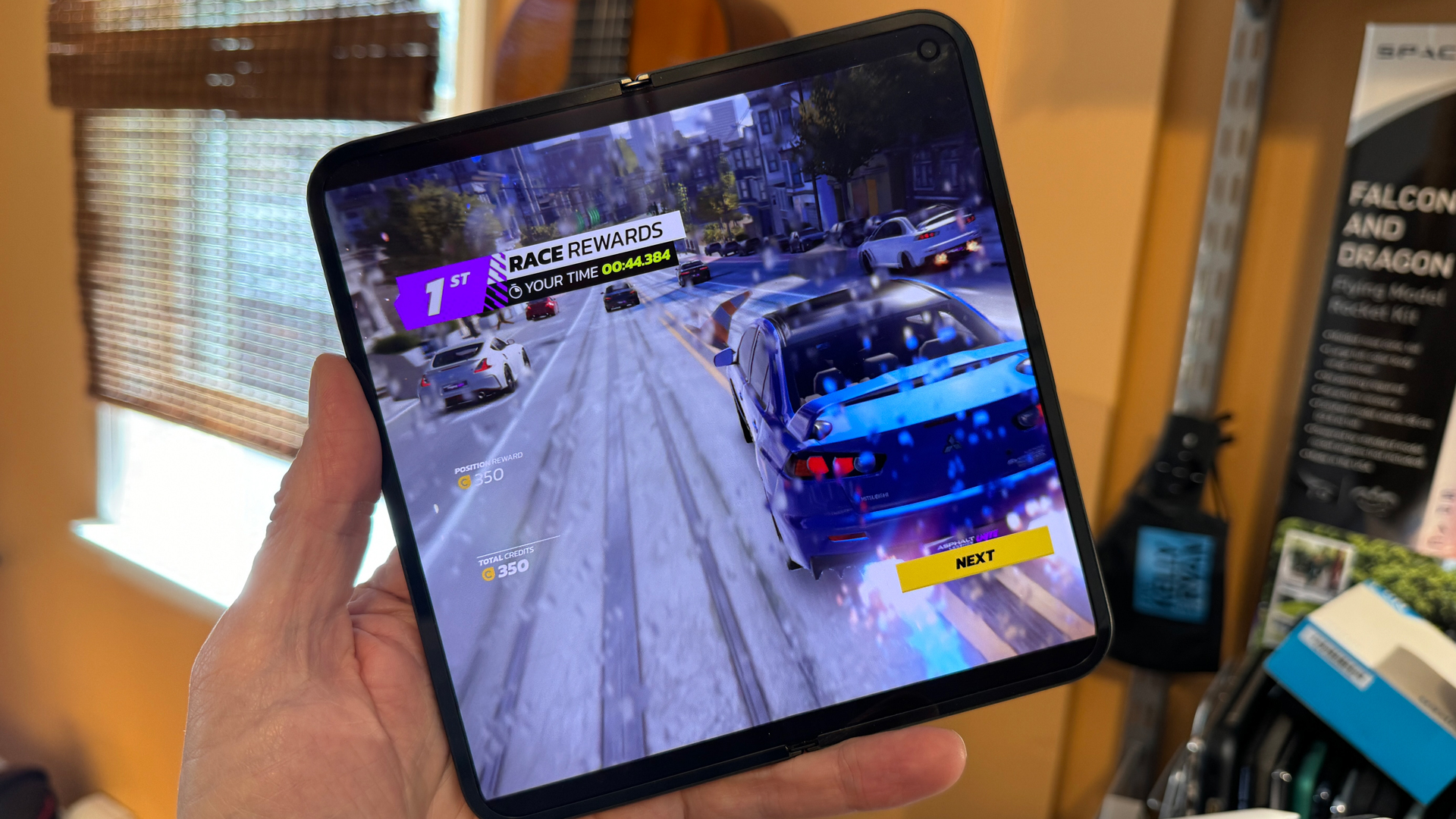
Generally, I like the camera selection on the Google Pixel 9 Pro Fold. It certainly outdoes Samsung when it comes to the main screen’s drill-through camera. The Z Fold 6 has just a 4MP camera on the inside, while the Pixel 9 Pro Fold has 10MP.
Google’s foldable also has a better zoom, 5X versus 3X on the Z Fold 6. I took a lot of photos with the Pixel 9 Pro Fold. They’re good, and color- and clarity-wise, they are mostly on par with the Z Fold 6 and even the iPhone 15 Pro Max. I’m not sure, though, I appreciate all the offers to transform images with AI.




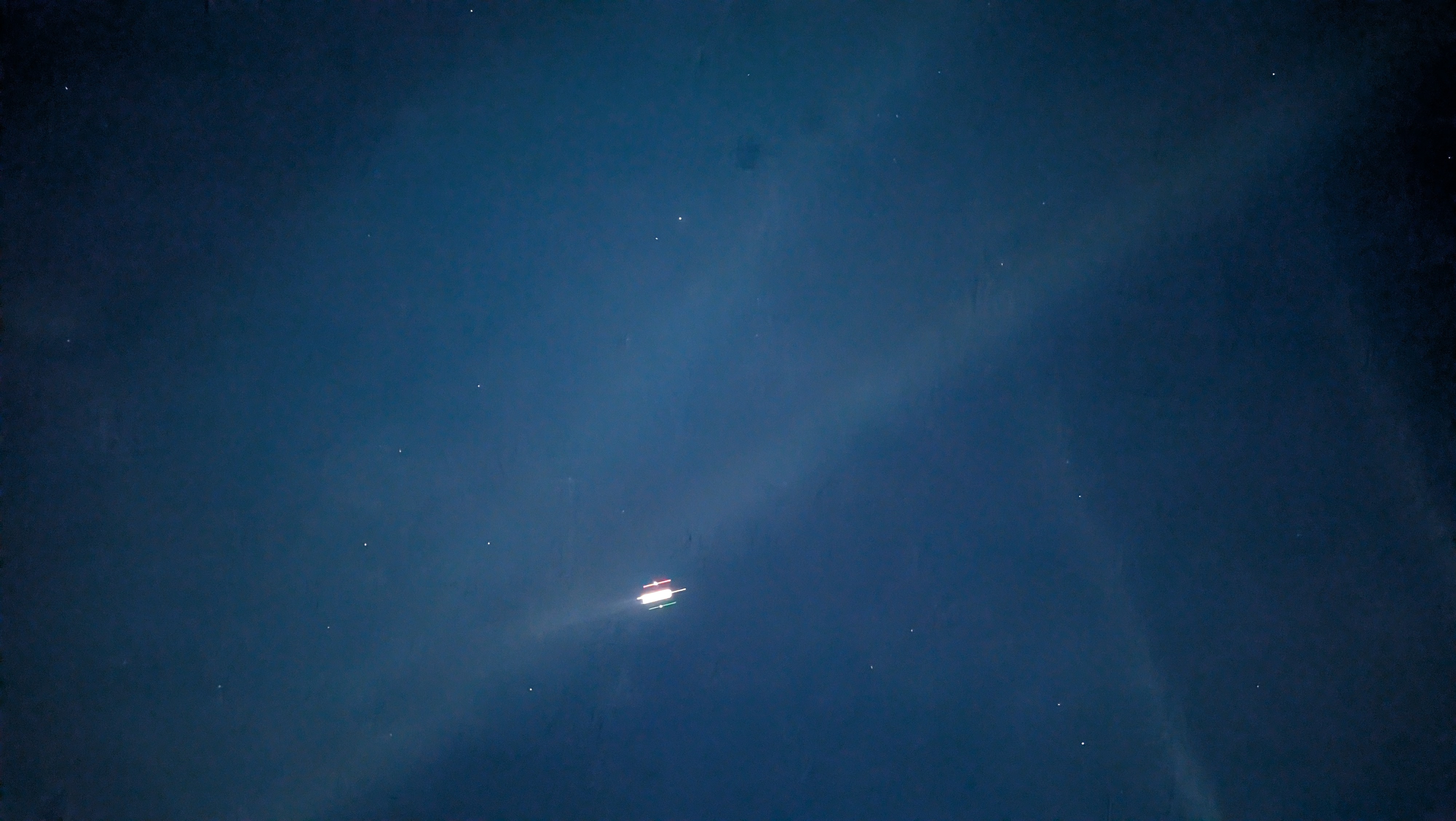

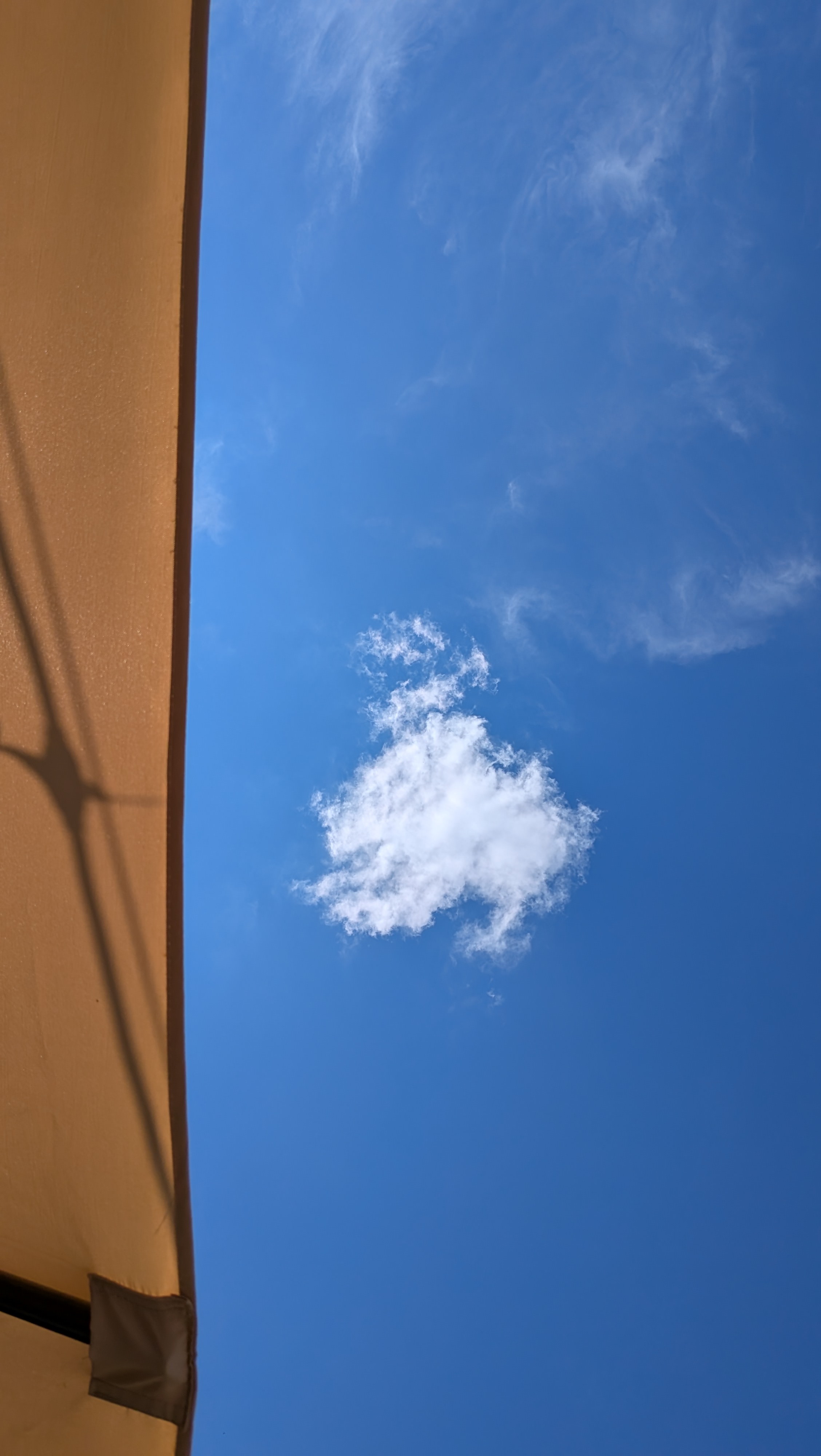
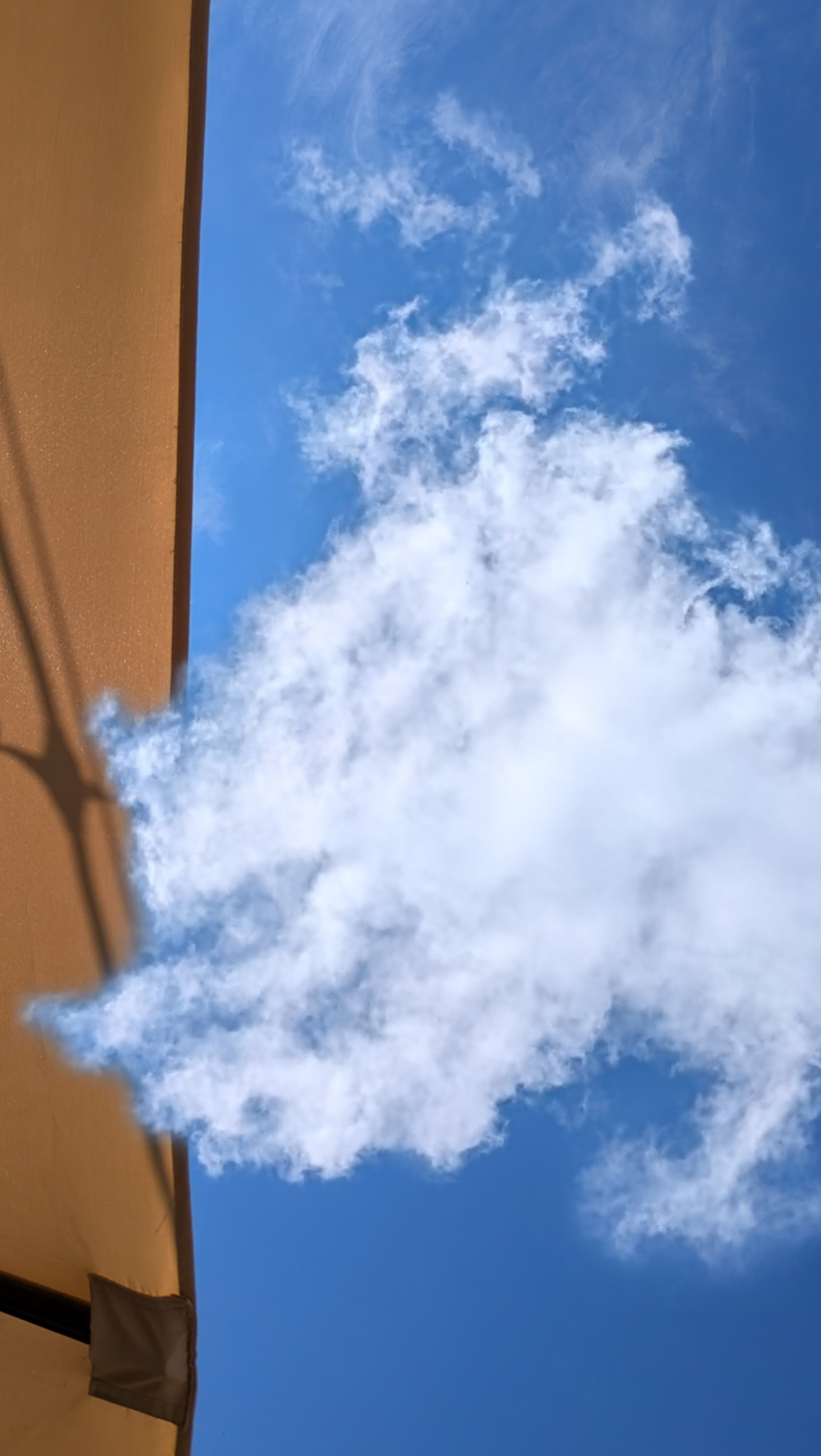
Part of the problem is that I wonder if this trend of erasing what bothers us is good for photography in general. Google invented the Magic Erase feature, and it is being copied by everyone, including Apple. Depending on the size of the offending object or person, it works well. If you try to zap something too big, the AI struggles to fill the space naturally. Small objects and people way in the background are a breeze. But to what end? Is changing reality what we want from our photos? I always thought we were documenting something with our photography. Now it’s less documentary and more painting.
I used Zoom enhance quite a bit (it, like some of the other AI tools, is buried two levels deep in the photo Editing app under “tools). As promised, it can enlarge and enhance small details from most photos. At a glance, the results look good. Close examination reveals images that look very generated.
I did a Zoom enhance with a photo of a lizard in my backyard, and when I looked closely, I saw that its head now had the same texture as the paving stone underneath it. I’ve seen a lot of this where the AI makes an educated guess about what it can’t perfectly discern or create.
I’m less of a fan of this than I thought I would be, and if I were to point to a truly useful photography update, it would be the revised Panorama. It offers better guidance than I’ve seen on anyone else’s panorama feature, inserting pauses into the process and then stitching the whole thing together in a way that cuts down on image anomalies typically part of smartphone panorama output.
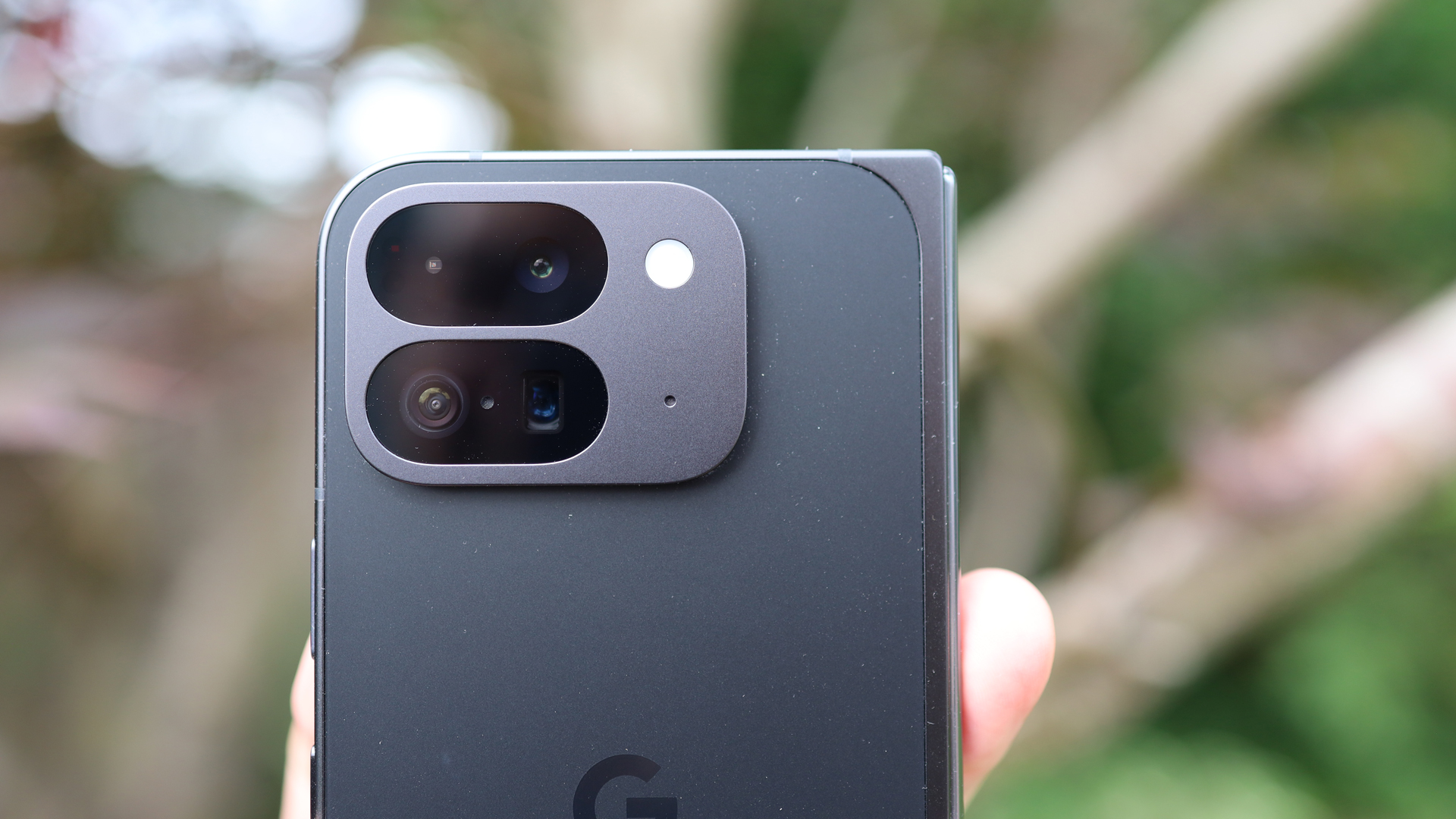
Finally, there’s the camera array. No, I’m not talking about the cameras, which are generally good. Instead, I’m bothered by the substantial metal island surrounding the cameras. Why so much excess metal, Google? Google sent a case that smooths out the big step to that raised island, but if you like your phone unadorned, you might be bothered by that massive bump.
None of this makes me want this foldable any less. It’s a thin and powerful multipurpose handset that’s great for reading, photography, working on images, browsing the web, email, playing games, watching videos, or using it as a regular handset. Gemini in my pocket is fun, but I do not plan to live my life inside an AI, and I will probably use it as sparingly as I did Google Assistant before.
Google Pixel 9 Pro Fold is the best foldable Google has ever made. It’s a mix of incredible design leaps, rich AI, some disappointments, and a few missing features. Google, though, is on the right path, and I can’t wait to see what’s next.
You might also like
- Hands on: Google Pixel 9 Pro Fold review – a makeover for the ages ...
- It's still far too easy to damage our precious phones, and my Pixel 9 ...
- Google Pixel 9: latest news and rumors
- Google Pixel 9 Add Me is more fun than a barrel of duplicate people ...
- I tried the new Google Pixel Buds Pro 2, and the fit is way less clunky ...
- Google Pixel 9 review: a fantastic phone* (*added fees may apply ...

A 38-year industry veteran and award-winning journalist, Lance has covered technology since PCs were the size of suitcases and “on line” meant “waiting.” He’s a former Lifewire Editor-in-Chief, Mashable Editor-in-Chief, and, before that, Editor in Chief of PCMag.com and Senior Vice President of Content for Ziff Davis, Inc. He also wrote a popular, weekly tech column for Medium called The Upgrade.
Lance Ulanoff makes frequent appearances on national, international, and local news programs including Live with Kelly and Mark, the Today Show, Good Morning America, CNBC, CNN, and the BBC.